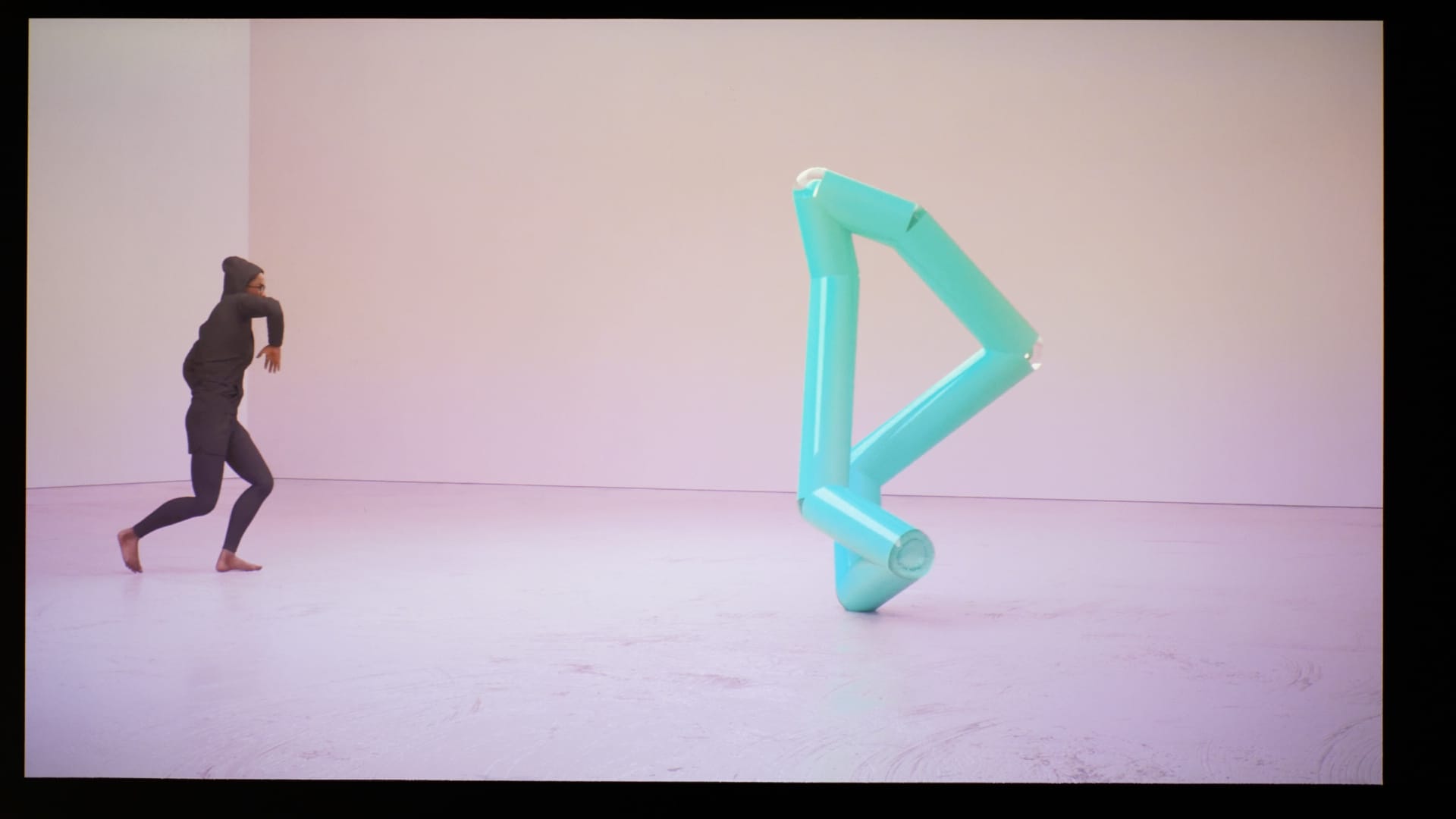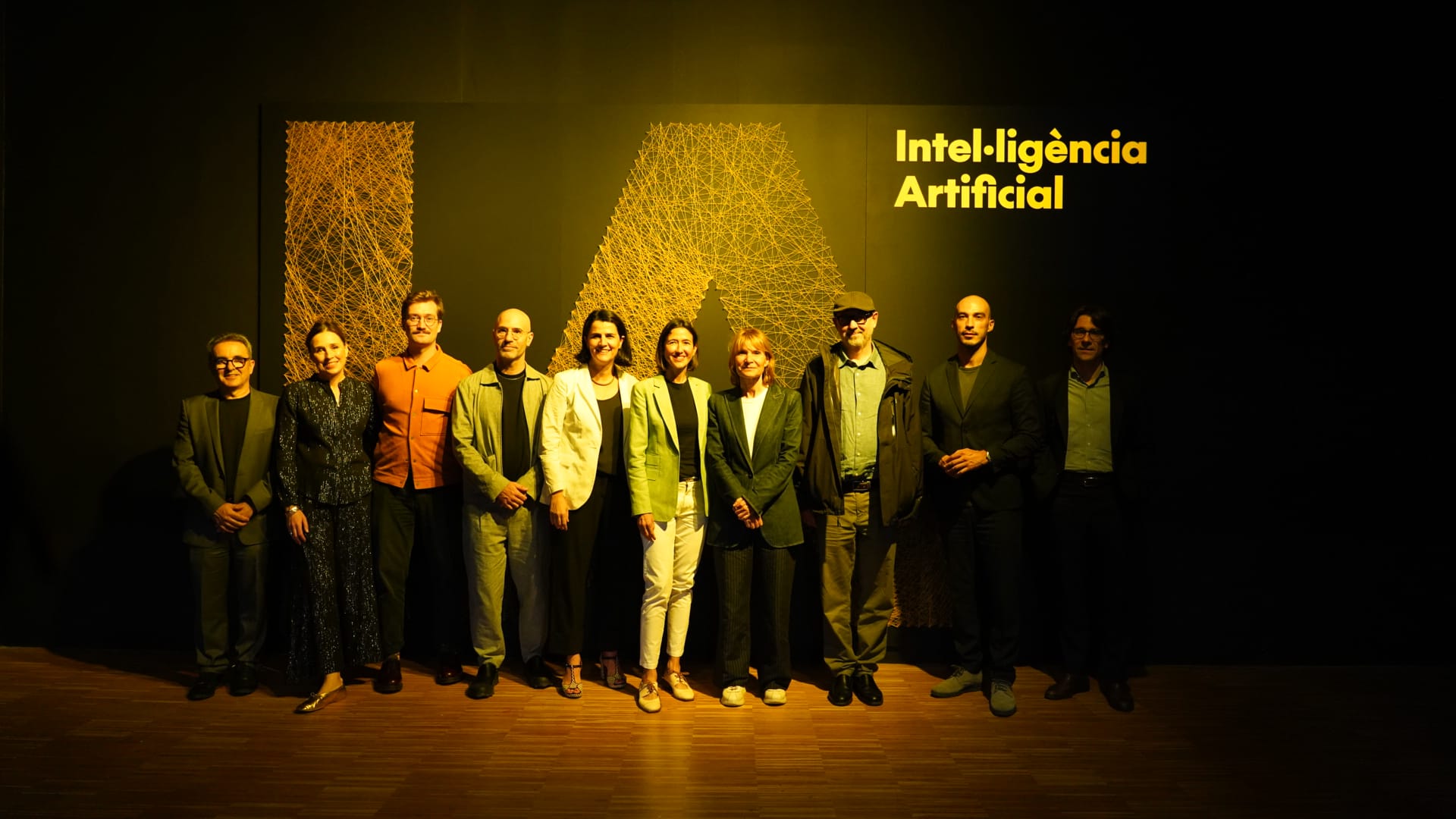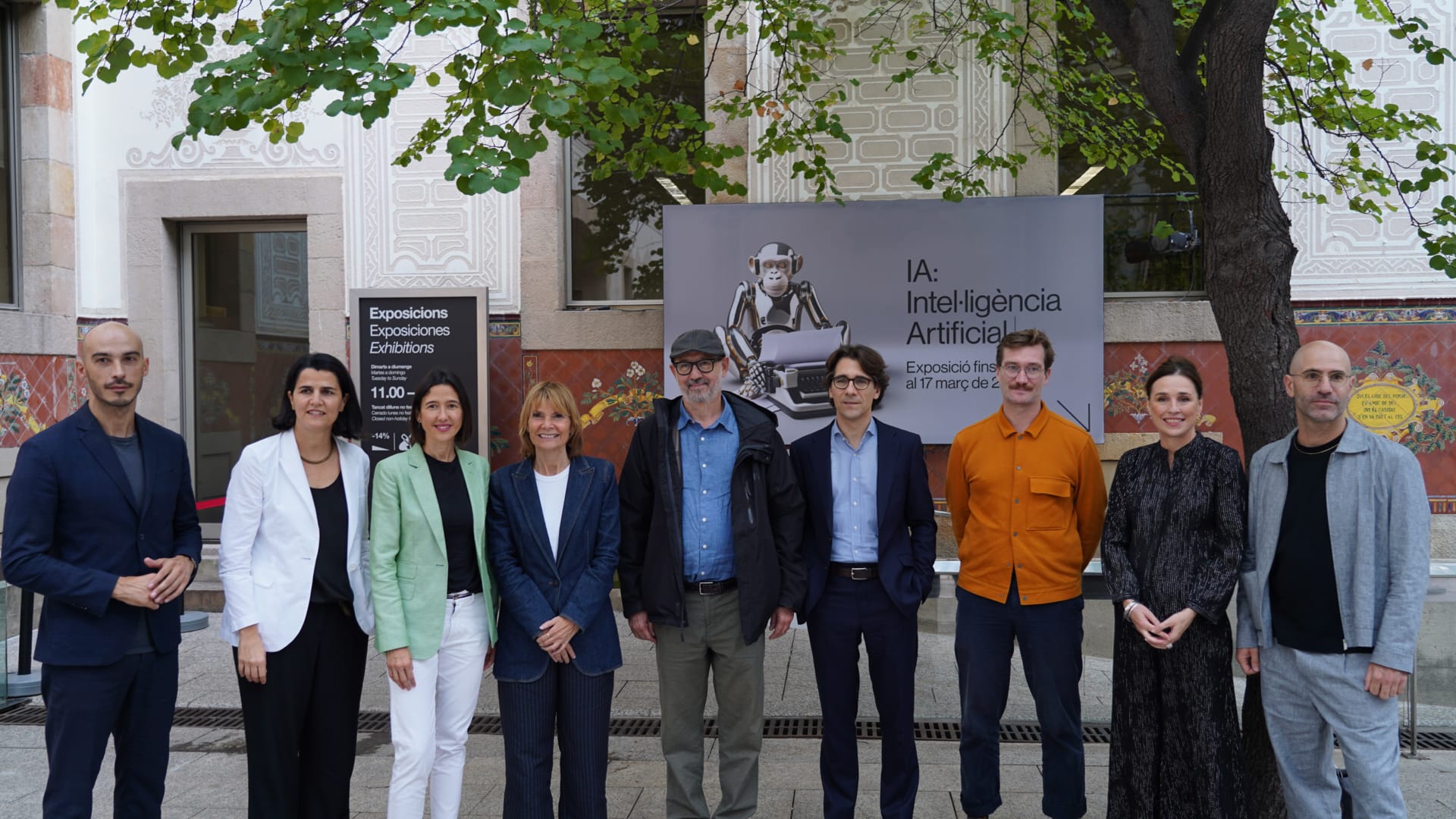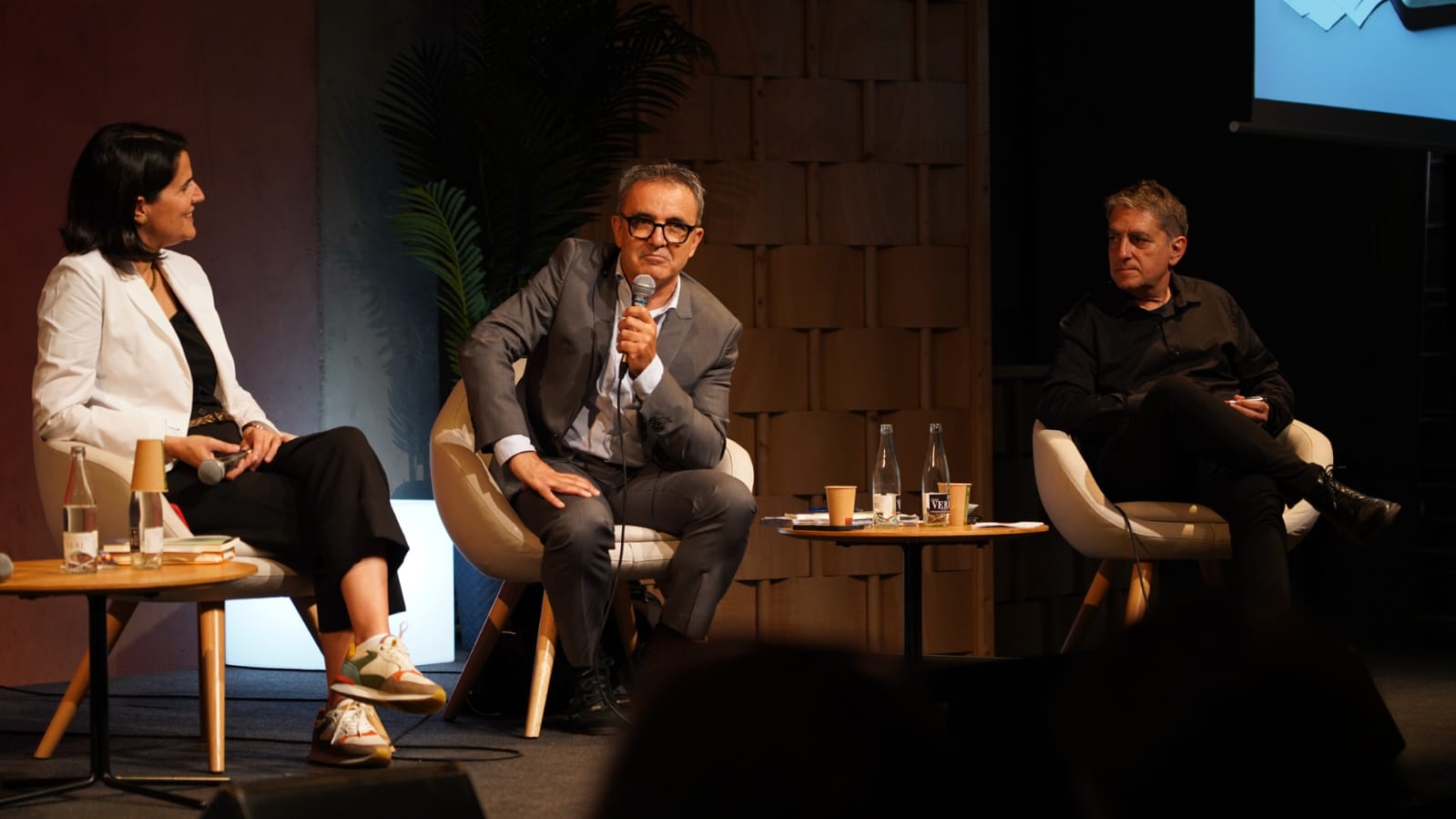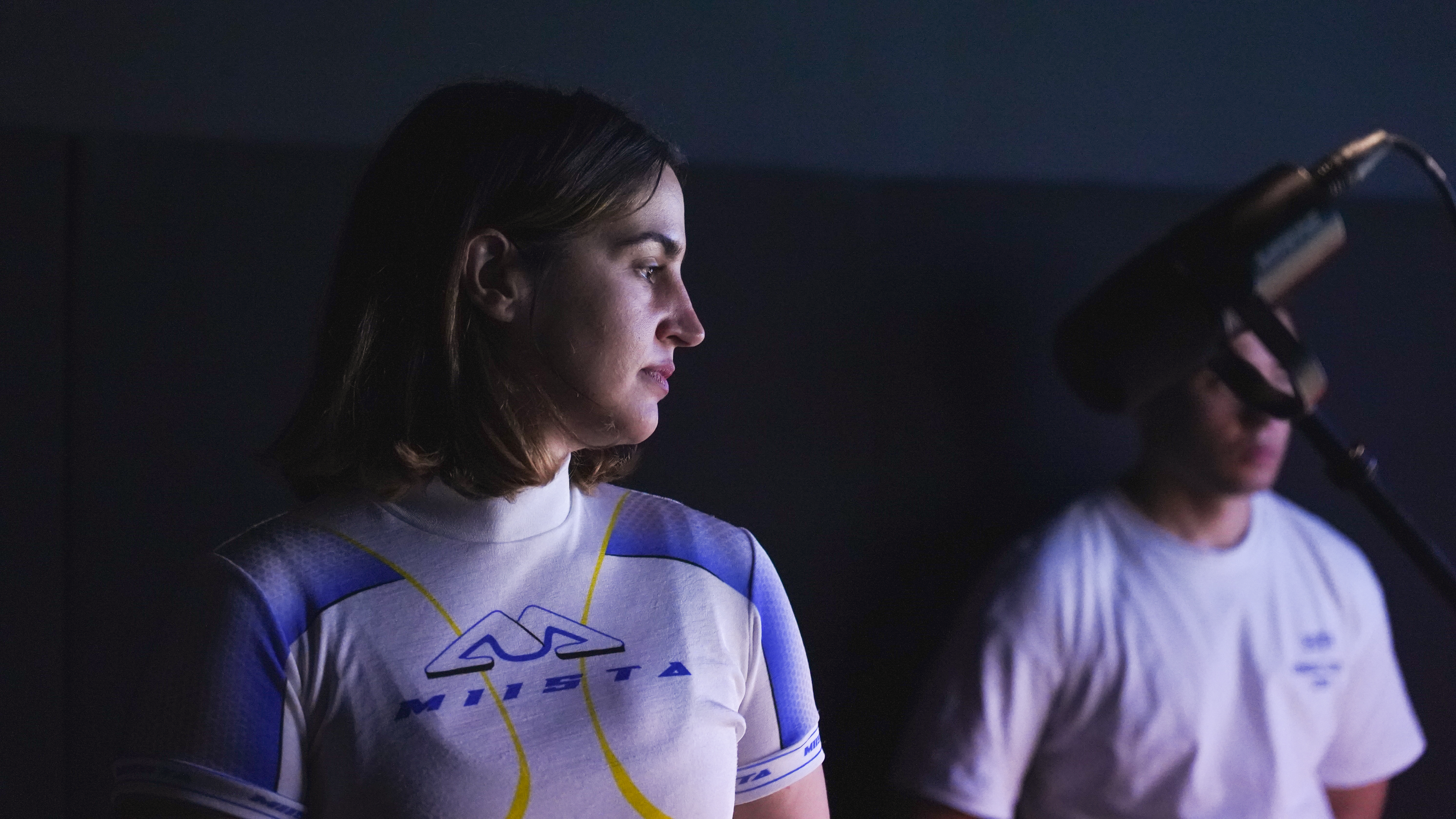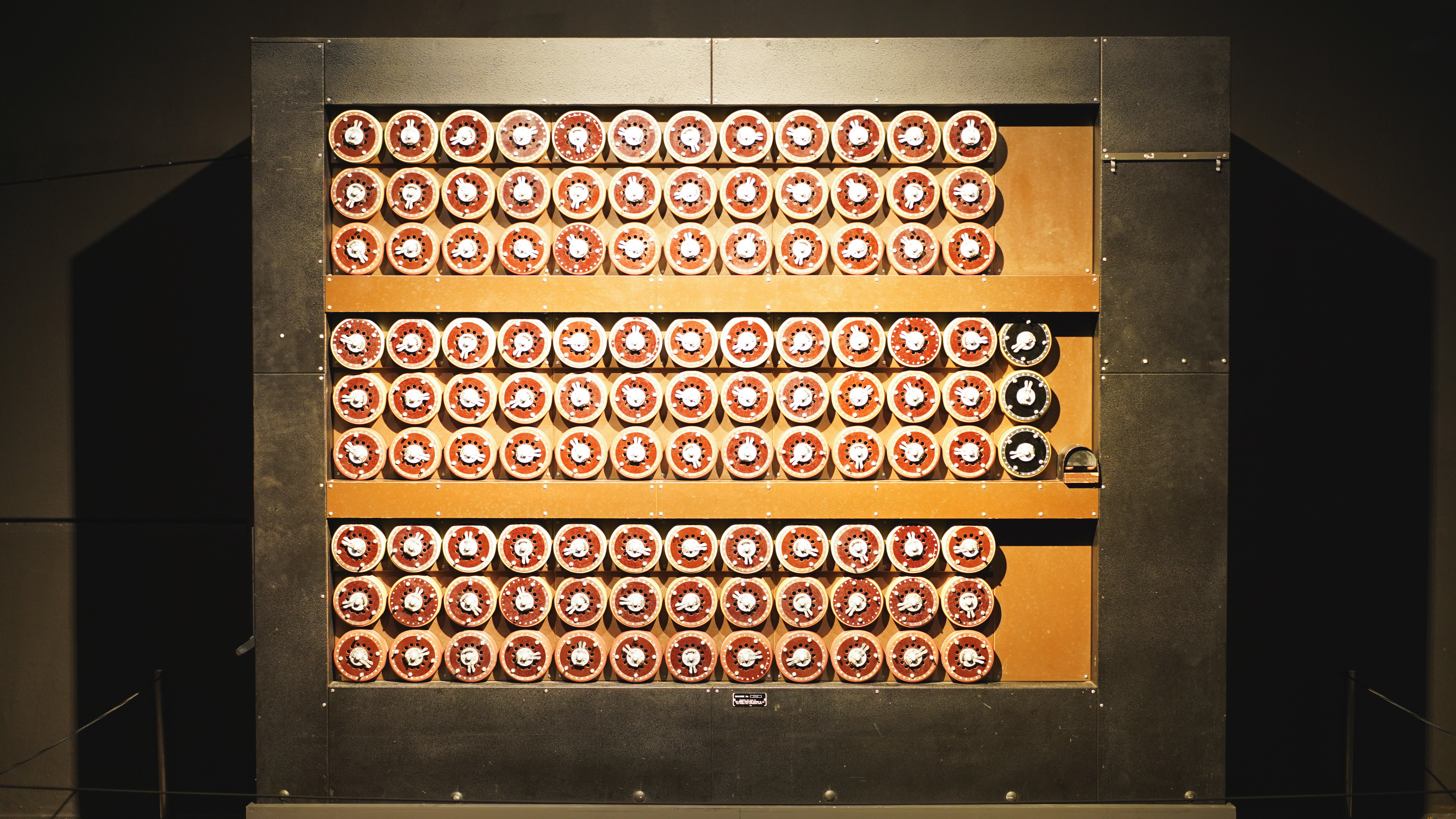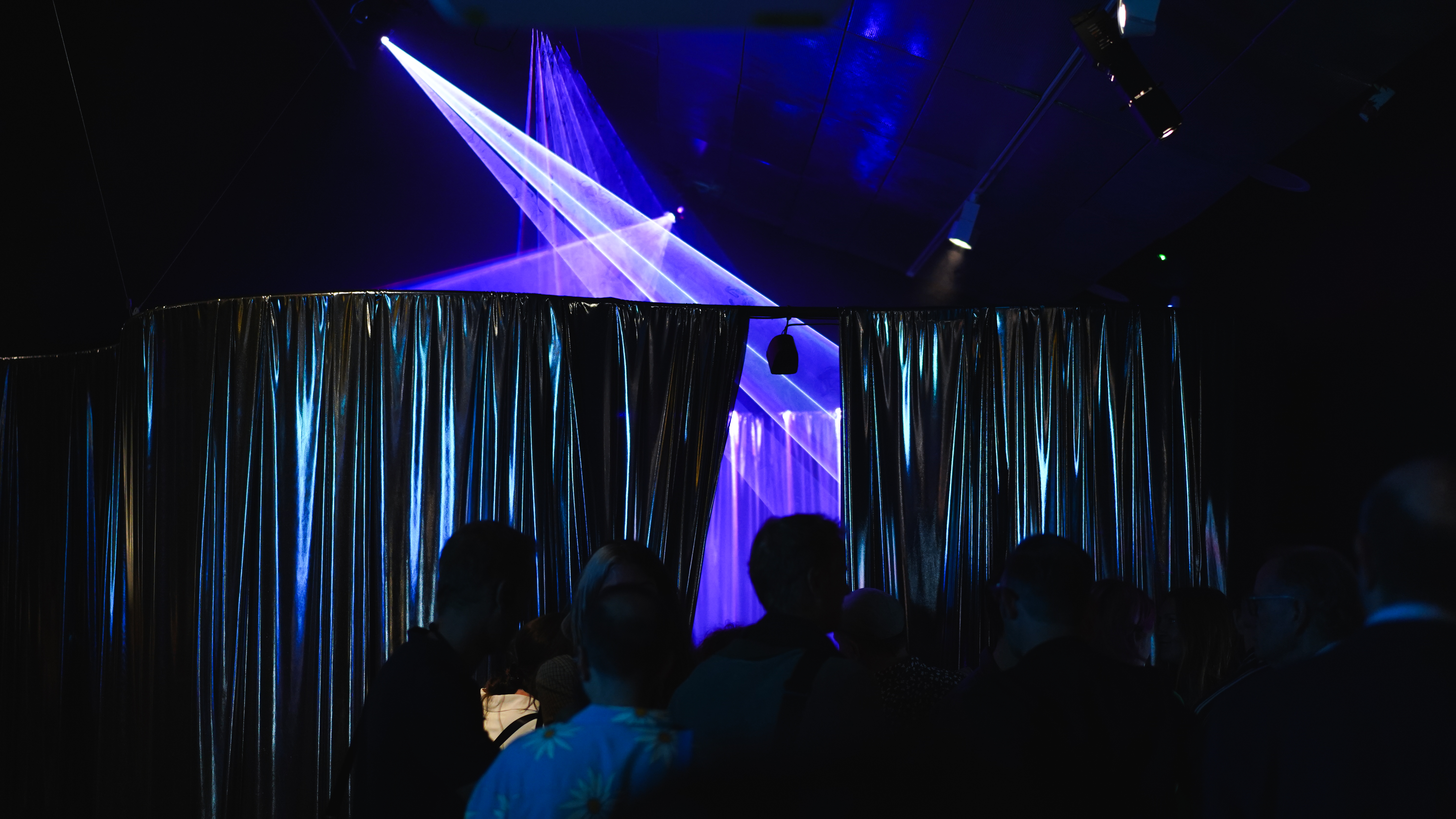The great driver of artificial intelligence has been supercomputing, together with the development of new algorithms and the availability of large amounts of data.
The exhibition, which opens to the public on 18 October, will look at the history, functioning, creative possibilities and ethical and legislative challenges of artificial intelligence today, as well as the enormous opportunities it presents for scientific and biomedical research.
The exhibition at the CCCB coincides in time with the arrival at the BSC of the new MareNostrum 5 supercomputer, one of the most powerful in Europe and the world, which will increase and accelerate the capacity for research with artificial intelligence.
Never before has a technology grown so rapidly and been introduced so directly into our lives as artificial intelligence. The Barcelona Supercomputing Center - Centro Nacional de Supercomputación (BSC-CNS) and the Centre de Cultura Contemporània de Barcelona (CCCB) have jointly produced the exhibition 'AI: Artificial Intelligence', which explores the history, operation, creative possibilities and ethical and legislative challenges of this revolutionary technology. The exhibition will be on display in Barcelona from 18 October 2023 to 17 March 2024.
Artificial intelligence worries and fascinates. It threatens and generates opportunities. It has detractors and defenders. In this context of public conversation and collective dependence on AI - can we make decisions without being assisted by AI? -, the exhibition proposes to stop, to approach artificial intelligence in a comprehensible way and to open the debate on how it will develop in the coming years.
The exhibition is curated by Lluís Nacenta, a researcher at the confluence of music, art, technology and science, with the scientific advice of BSC researcher and UPC professor Jordi Torres.
The main themes addressed are the role of AI in everyday life, the enormous opportunities it presents for scientific and biomedical research, the current legislative situation, the risks of misinformation posed by its widespread use, the racial and gender biases it can generate, and the role AI plays in artistic and human creativity.
The exhibition explores these issues through a journey that includes reference works, testimonials from internationally renowned BSC scientists, and more than twenty installations that will allow the public to smell extinct flowers or give voice to a musical composition created with AI.
AI: Artificial Intelligence' is an exhibition co-produced by the CCCB and the BSC, based on an original exhibition curated and organised by the Barbican Centre in London in 2019.
Supercomputing, the great driving force behind AI
From among all these works emerges a large audiovisual installation created by the BSC, 'Billions of operations per second', which shows how supercomputing is the great driving force behind artificial intelligence, as well as its potential to accelerate scientific research thanks to the processing of large amounts of data.
The installation shows, through the vision of BSC researchers Fernando Cucchietti, Amanda Duarte, Victor Guallar, Oriol Jorba, Marta Melé, Alfonso Valencia and Marta Villegas, how supercomputing and AI enable progress in solving complex problems such as the construction of healthier, more sustainable cities adapted to climate change, the discovery of new drugs and the promotion of research into diseases such as cancer or the identification of new generation materials.
Also noteworthy are some of the works created by scientists María Cristina Marinescu, Quim Moré and Maite Melero in collaboration with artists. This is the case of 'Maria CHOIR', an interactive installation where a synthetic reproduction of the voice of the singer Maria Arnal harmonises in real time what the visitor sings, thus forming a hybrid human-digital choir. Or 'Echo and the Oracle', a sound installation in which an AI system combines synthetic replicas of the voice of the poet Eduard Escoffet with recordings of vocalisations and breaths that are distributed over a multifocal system of loudspeakers.
The exhibition will also include a comprehensive interactive timeline of key milestones in the development and evolution of artificial intelligence, which has been advised by BSC researcher and UPC professor Ulises Cortés and BSC researcher Darío García.
MareNostrum 5, the BSC's new supercomputer
The exhibition also coincides with the start-up at the BSC of the new MareNostrum 5, one of the most powerful supercomputers in Europe and the world, with the capacity to perform 314,000 bilion operations per second. MareNostrum 5 will increase and accelerate the capacity for artificial intelligence research in Europe, enabling new scientific breakthroughs that will help solve global challenges such as climate change and advance precision medicine.
The new MareNostrum has a specially designed partition to advance artificial intelligence models. This part of the supermachine will have 4,480 state-of-the-art chips, each about 8 cm2 in size, with twice the power of the entire MareNostrum 1 installed in 2005, which occupied the entire chapel of Torre Girona, about 160 m2, and was at the time the fourth fastest in the world.



